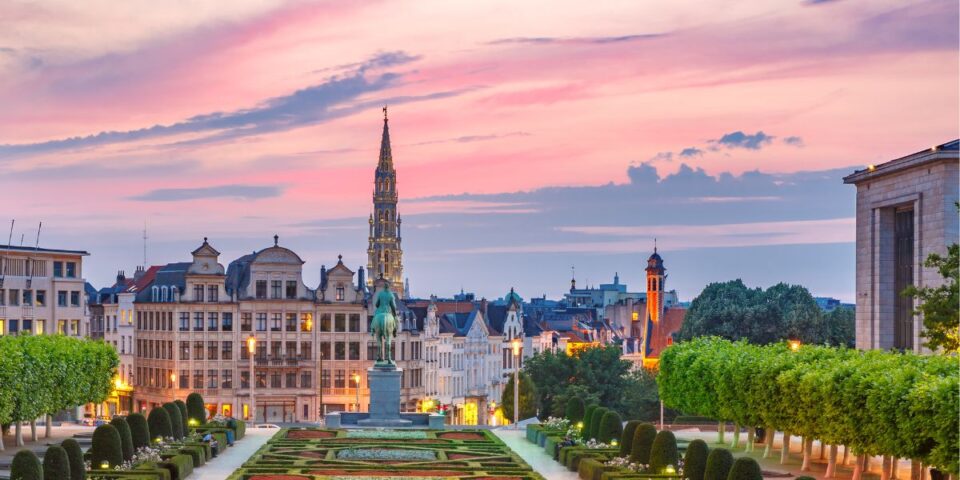Belgium is a melting pot of cultures and languages thanks to its location between France, Germany, Luxembourg, and the Netherlands. Brussels takes advantage of and benefits from this diversity. In addition, the city’s various museums and landmarks showcase Belgium’s rich past.
Less than two centuries have passed since Belgium became an independent nation. Despite this, it has become home to a number of Europe’s most prestigious organisations.
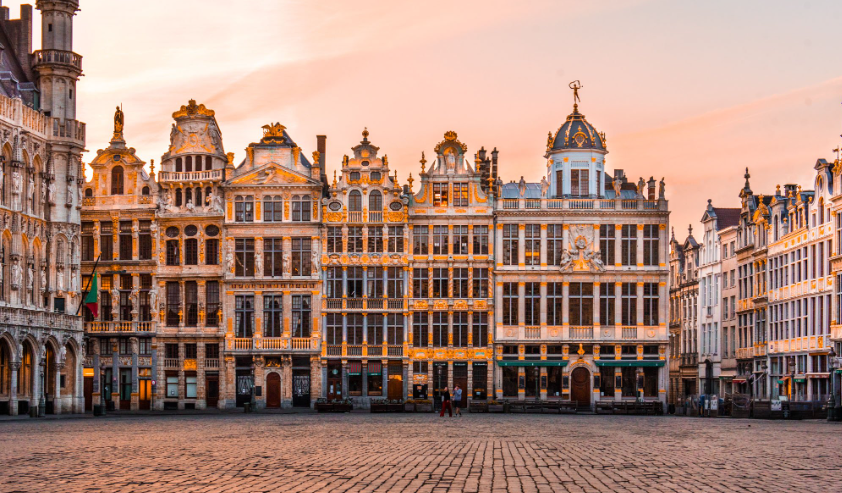
In the same vein as, say, the European Parliament. When you think of Europe, think of Brussels. The streets and stores are picture perfect, and the atmosphere is classic bohemian.
Brussels is summed up by its beer, chocolate, and the Grand Place, which is usually considered the most beautiful square in the world. However, many museums, galleries, and palaces here reflect the Art Nouveau style. Moreover, many parks welcome visitors for relaxing strolls.
Antwerp, Ghent, and Bruges are just a short train ride, bus ride, or car ride away from the capital. Additionally, cross-country train travel is simple and fast.
This article will tell you the five most important things to do in Brussels. See these famous sites and you’ll begin to understand what makes this city so thrilling.
ADMIRING THE GRAND PLACE: THE MOST BEAUTIFUL SQUARE IN EUROPE
The Grand Place serves as the city’s nerve centre. There is no better place to begin your exploration of the city than at this very spot. Victor Hugo famously said that this square was the most beautiful in the world.
It’s not up to us to disprove that. The magnificent look and World Heritage Site title are due in large part to the site’s harmonious blend of Gothic and Baroque architecture.
Each structure on this cobblestone plaza dates back to the eleventh century and adds another chapter to the city’s history. This spot was once used as a marketplace. The neighbouring street names allude to the cheese, herbs, and chicken that can be found in the plaza.
The 15th-century Gothic city hall dominates one side. Another famous building in the square is the Maison du Roi.
A wooden structure now houses the bread that was originally sold at this location. The Museum of the City is presently housing the hundreds of costumes used by the Mannekin Pis.
Another noteworthy building is the neoclassical Maison de Ducs de Brabant, which takes its inspiration from Flemish architecture.
Before leaving the Grand Place, you should also visit Le Roi d’Espagne for a refreshing Belgian beer. From here, one can see the entire spectacular architectural ensemble that frames the lively city below.
VISIT THE MANNEKEN PIS
The Grand Place in Brussels, Belgium’s historic city, is home to this statue from 1388. It is only 55 cm tall, but the tiny statue has become a symbol of Brussels. A small child is shown urinating into the fountain’s receptacle.
In 1698, a governor first put clothes on the Mannekin Pis. Brussels has received 650 suits as gifts from visiting heads of state. The original statue is dressed in one of these costumes during City Council-sanctioned holidays and special events.
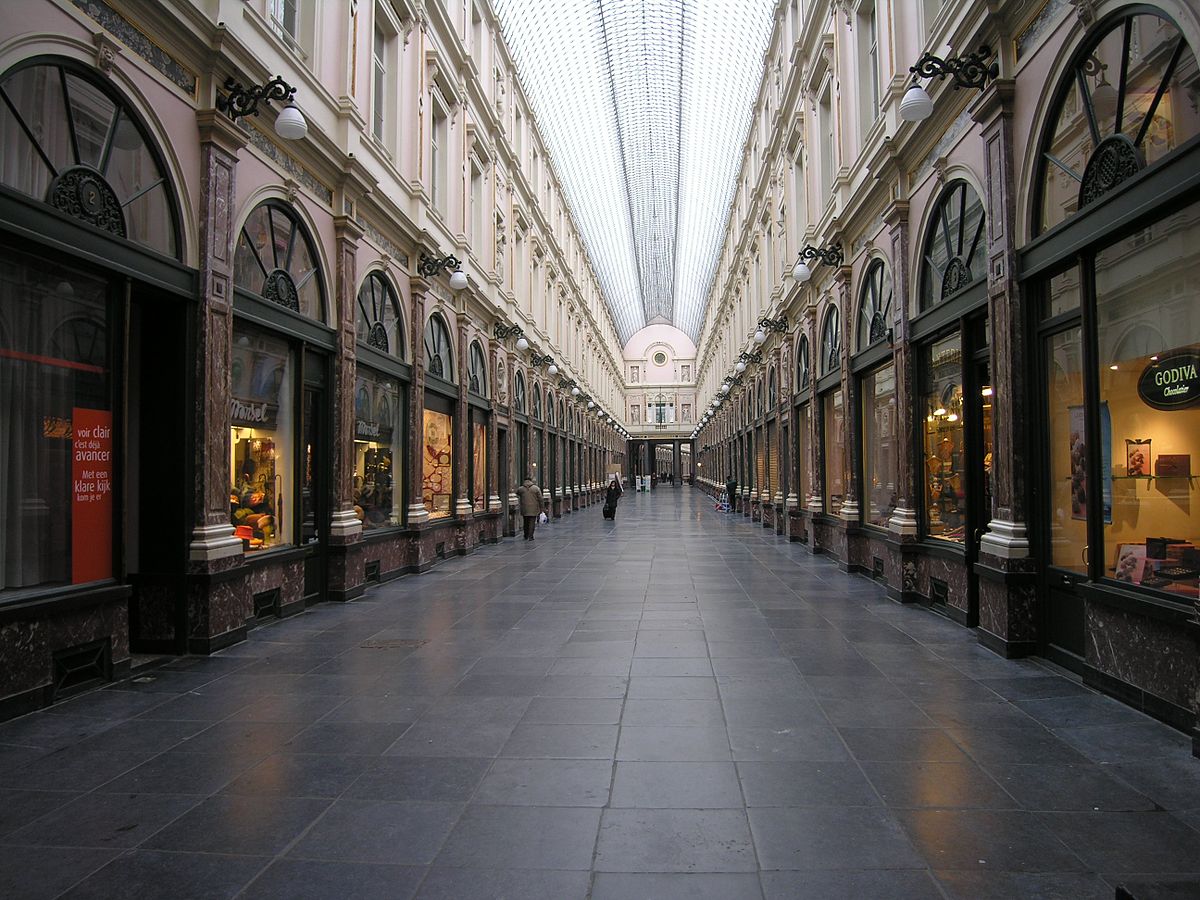
ENTERING THE ROYAL ST. HUBERT GALLERIES
The concept for these galleries dates back to 1847, making them the earliest commercial galleries in Europe. A massive glass dome illuminates the gallery space above.
About 200 metres in length, they are split into royal quarters fit for a king, a prince, and a queen. The Grand Place and the neighbourhood around the Théâtre de La Monnaie are linked here by a series of galleries. They forge a link between the city’s historic core and its more contemporary neighbourhoods.
Since their creation, they have served as a gathering place for Belgium’s artistic and intellectual elite as well as the country’s well-to-do.
This once quiet gallery is now a popular tourist destination. There are restaurants, a theatre and a movie theatre, as well as specialty shops selling chocolate and jewellery.
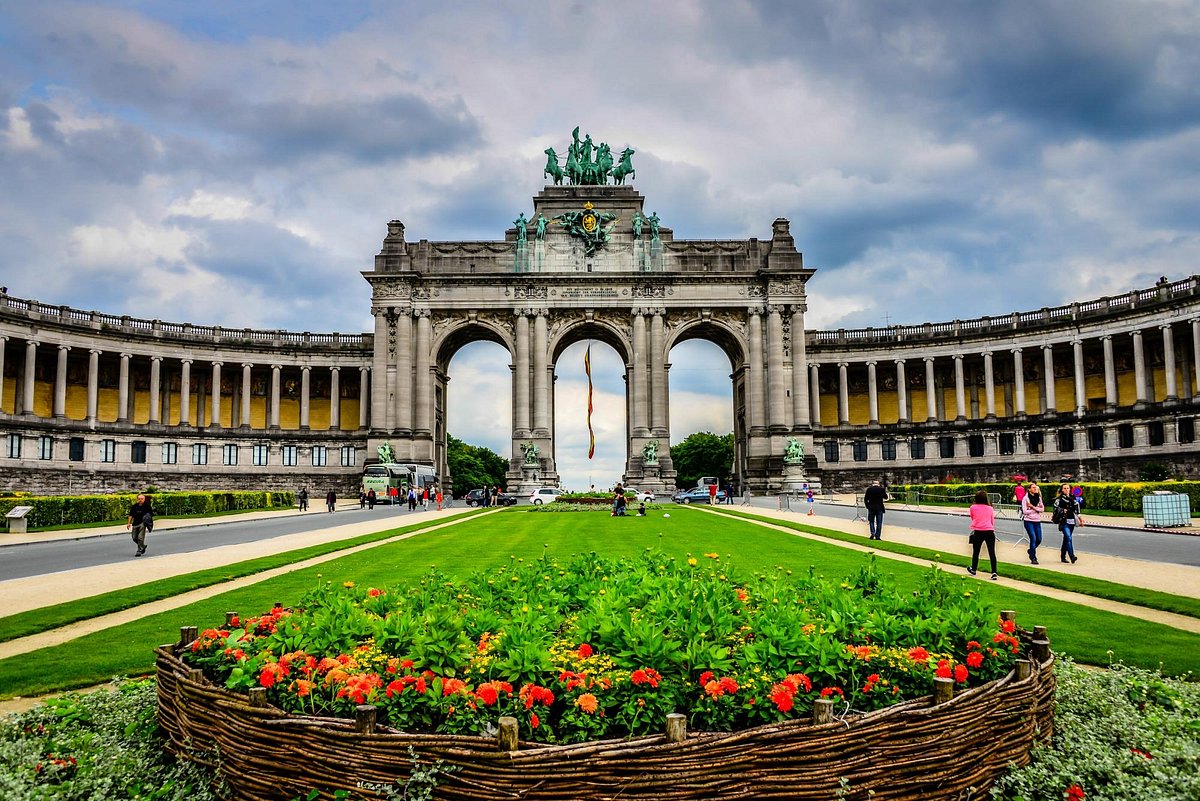
STROLLING THROUGH ONE OF THE BEAUTIFUL PARKS
Brussels is notable for having a high concentration of parks relative to its population. The next three parks are among the city’s most popular and admired green spaces.
The Cinquantenaire Park is the most well-known and frequented green space in the metropolis. It was made for the 1880 Universal Exposition, which marked the 50th anniversary of Belgium’s independence.
There are a number of museums located in this park. Some examples are the Museum of Art and History, the Museum of Military History, and the Automobile Museum (Autoworld).
However, the Parc de Bruxelles is both the largest park and the primary recreation area in the downtown area. Because to its location in the Quartier Royal, several of Brussels’ most famous landmarks, including the Royal Palace and Parliament, are within walking distance.
The impressive Basilica of the Sacred Heart, the fifth-largest church in the world, is located in Elisabeth Park. It’s outside of the city itself of Brussels, but it’s well worth the trip.
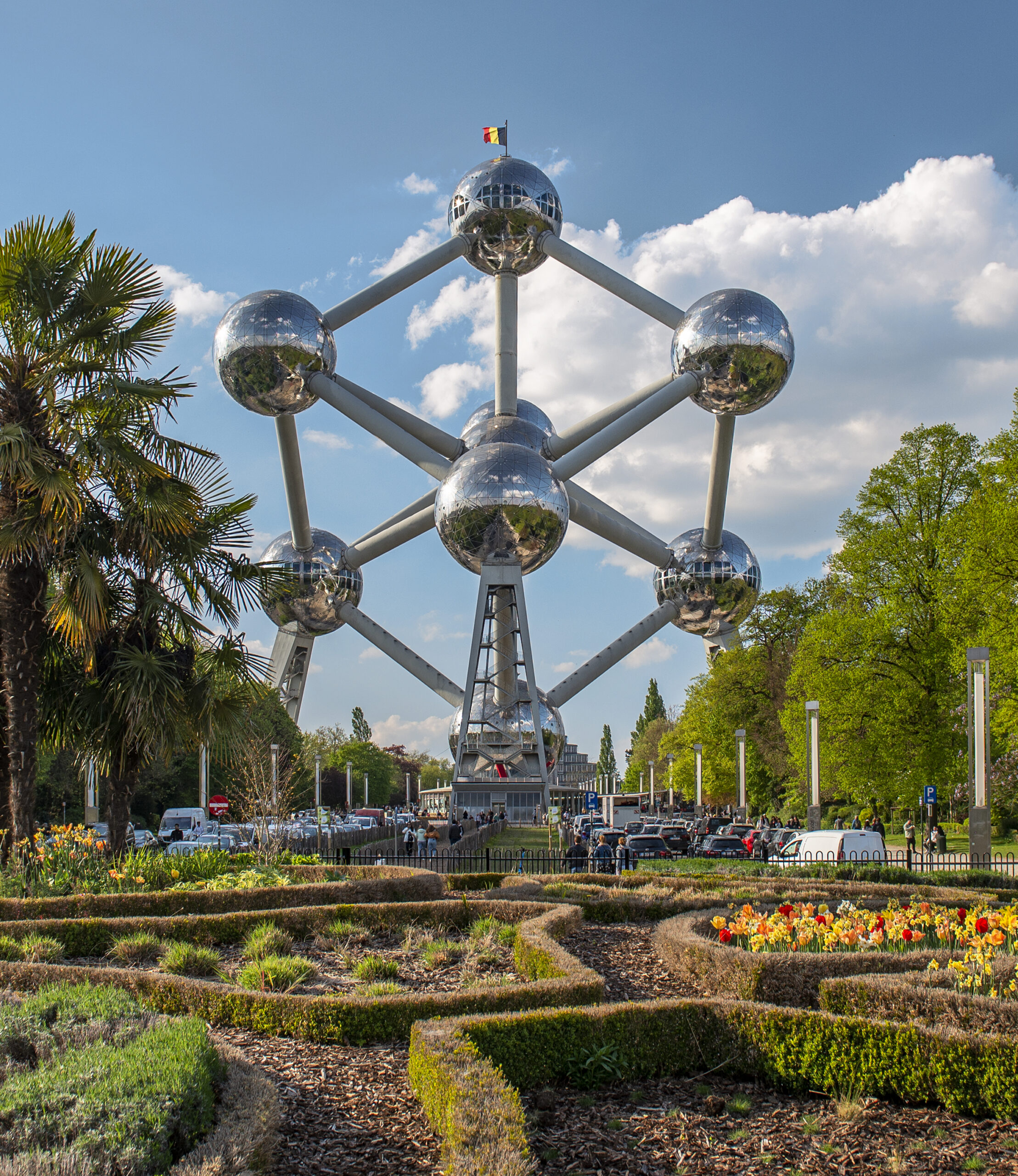
VISITING THE ATOMIUM: ICON OF BRUSSELS
Located on the outskirts of the city in the Heizel neighbourhood, this iron structure is another symbol of Brussels. It was constructed for the 1958 World’s Fair. It was supposed to be taken down once the celebration ended, but it was so favourably received that it was decided to keep it up indefinitely instead.
Its shape is reminiscent of the nine atoms in an iron crystal, which stand in for the nine provinces of Belgium when enlarged by a factor of several billion.
It’s fascinating from every angle, from the exterior to the inside to the various spheres within. There is specialised space in some of them for things like construction-related exhibits.

